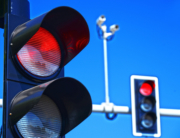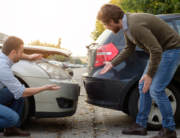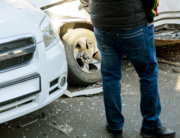New drivers are more vulnerable to accidents than more experienced drivers all across the country. This is especially true at night. For that reason, states like Florida have implemented Graduated Drivers Licensing (GDL) programs. These programs include night driving restrictions for youthful drivers that help to cut down on night driving fatalities among teenagers. Yet there is still much room for improvement.
What do the numbers say?
According to a study by the Centers for Disease Control and Prevention (CDC), from 2009 to 2014, almost a third of fatal accidents involving 16- and 17-year-old drivers occurred between 9 p.m. and 6 a.m.
The study also showed that 57 percent of those crashes happened before midnight, when many states’ night driving restrictions (NDRs) kick in. The CDC also stated that most of the drives teens take end before 12 a.m.
This means that states with NDRs beginning at 12 a.m. or later are likely not seeing the effects NDRs have on reducing the number of fatal teen crashes occurring at night.
Does the CDC have any recommendations?
Based on this study, the CDC recommends that states with NDRs beginning at 12 a.m. or later should update their NDRs to earlier times at night. This will help protect teenagers on the road, as well as other motorists on the road at night.
What are Florida’s night driving restrictions?
Florida had the second highest number of teen drivers (114) killed in night driving crashes between 2009 and 2014 and its GDL program could be to blame.
Florida’s current GDL program has three stages:
- Learner’s License
- Intermediate License
- Full Privilege License
Learner’s License
Teens 15 years of age and older can apply for a learner’s license after completing the required course and tests. Once the state issues a learner’s license, the teen can drive during “daylight hours” for the first three months and until 10 p.m. once the three month period is over, as long as there is a driver 21 years of age or older in the front passenger seat.
Intermediate License
After having a Learner’s License for at least one year with no traffic convictions, teens 16 years old and older can apply for an intermediate license. An intermediate license includes NDRs for 16 and 17 year olds. Sixteen-year-olds can drive from 6 a.m. to 11 p.m. by themselves.
A 17-year-old can drive between 5 a.m. and 1 a.m. by themselves. A 17-year-old can drive outside these hours if he or she is traveling to or from work or when there is a licensed adult driver (aged 21 or older) in the vehicle.
Full Privilege License
At the age of 18, the state drops all restrictions and the teen will receive a regular license with full privileges.
Driving at night is dangerous for everyone, especially teens. If you or a loved one has been involved in a nighttime car accident involving a teen driver, please contact the Montero Law Center at 954-767-6500.
 English
English  Español
Español 




